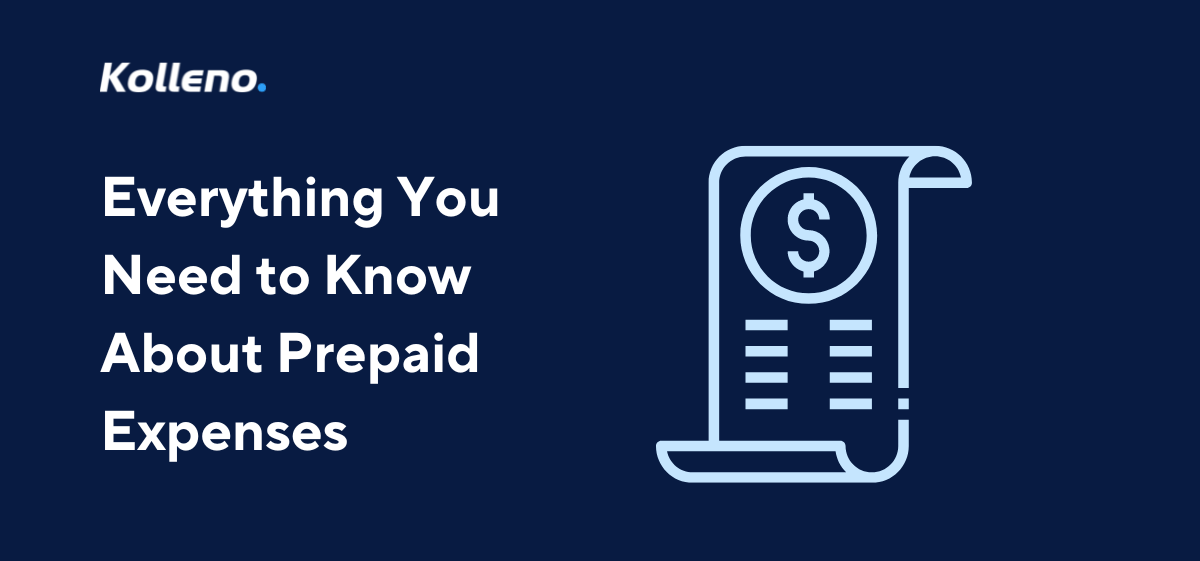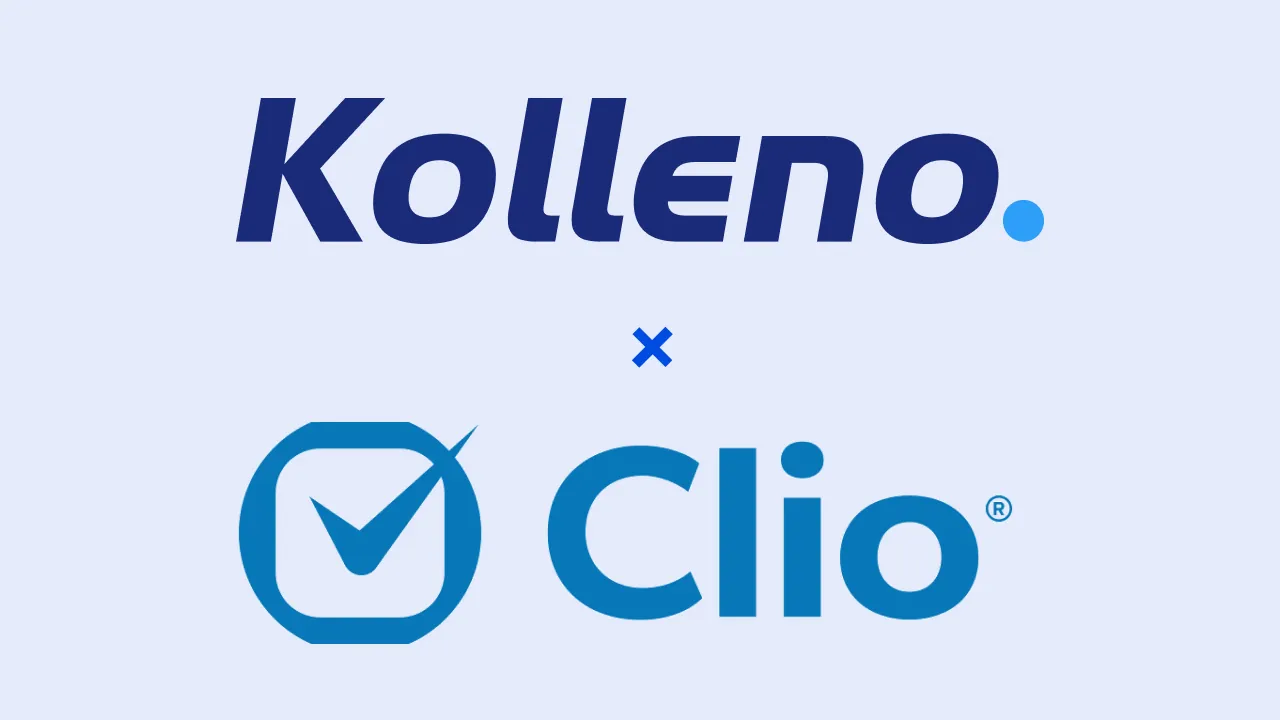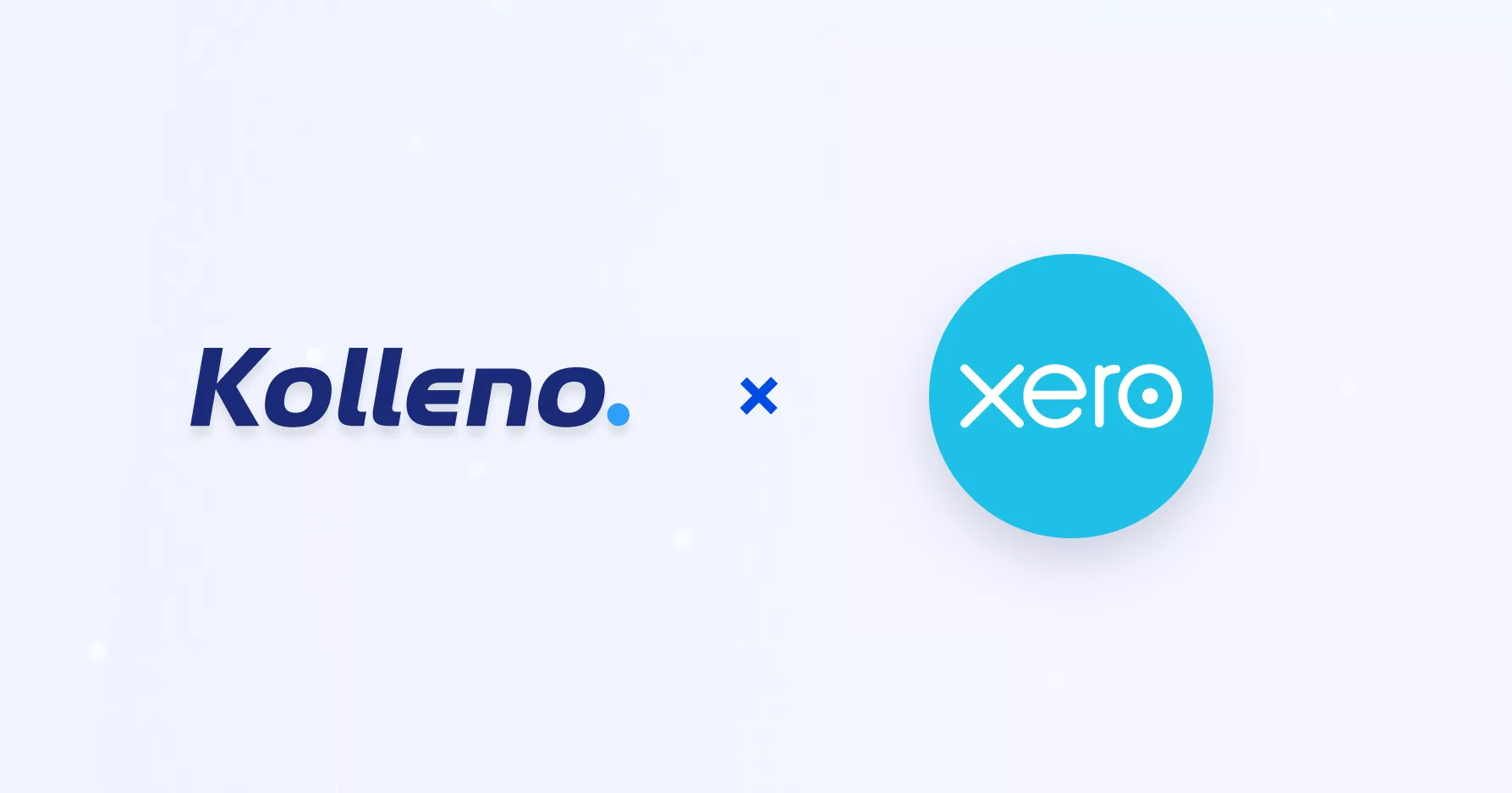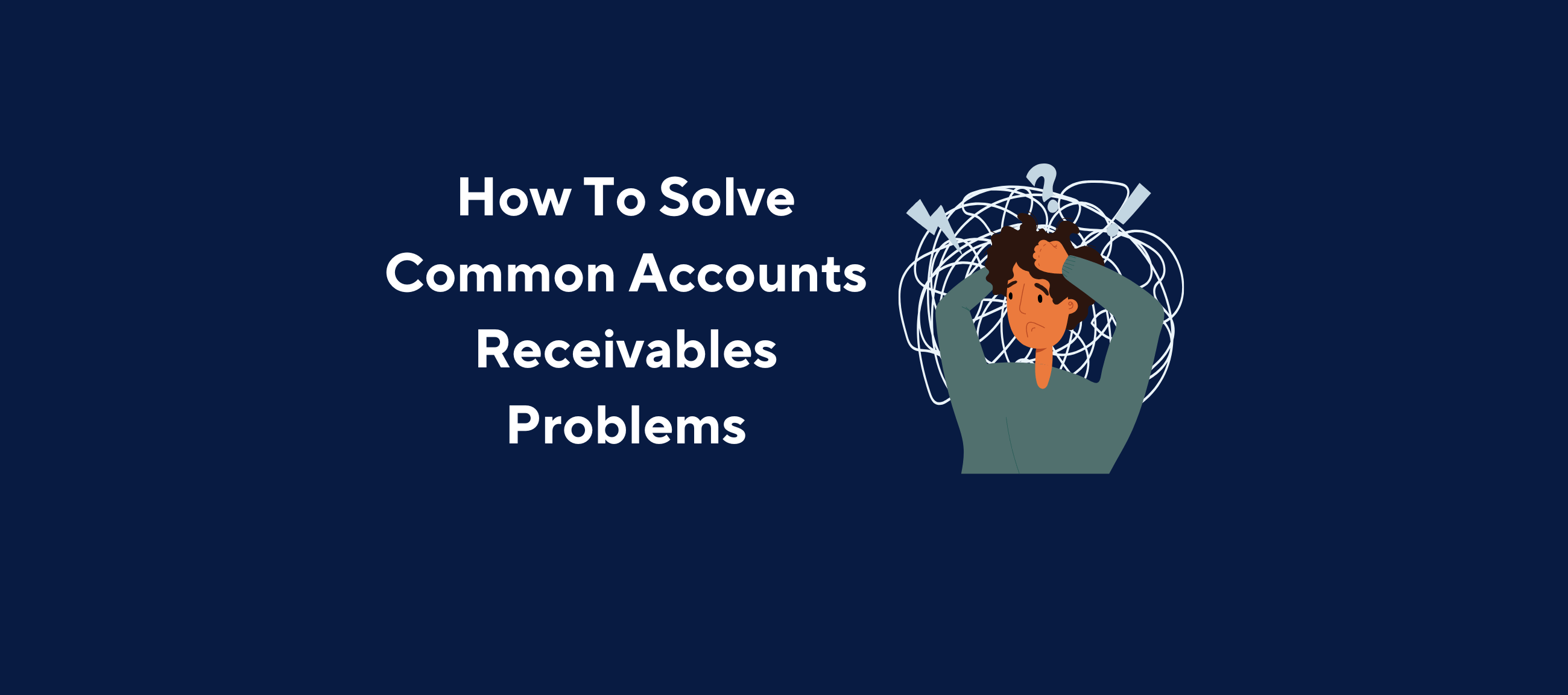Key Points
– Prepaid expenses are defined as expenses incurred for assets that the company will be receiving at a later date.
– Notable examples of prepaid expenses would be rent and insurance payments.
– As long as the prepaid expense will be incurred within a year, it is classified as a current asset and thereby initially noted on the firm’s balance sheet as a prepaid asset account.
– According to the standards set by the Generally Accepted Accounting Principles (GAAP), expenses that have yet to be incurred cannot be documented on the company’s profit and loss statement.
– Once the expense has been incurred and the asset is realised, an entry can then be made to the profit and loss statement’s expense account, whilst the balance sheet’s prepaid asset account may be deducted equally.
Some payments are made early by companies at certain times due to the future advantages they bring. In accounting, these early payments are termed “prepaid expenses” and are recognised as current assets on the company’s balance sheet. Once these expenses are incurred, the current asset account will then be reduced, whilst the income statement will acknowledge the expenses during that accounting period. As a result, having a strong basic understanding of how prepaid expenses work may help finance professionals accurately calculate and record them when preparing the corporation’s income statement and balance sheet.
For the majority of businesses, handling prepaid expenses is a time-consuming and manual procedure that is extremely vulnerable to human errors. Nevertheless, Kolleno is a smart credit control software connecting all of the company’s accounting, communication, and payment systems into a centralised platform to streamline the entire documentation process. In other words, Kolleno’s all-in-one software can be tailored for every kind of credit control and finance needs, including the analysis of the firm’s prepaid expenses, the recording of current assets in the balance sheet, and many more.
What Are Prepaid Expenses?
Prepaid expenses are basically future expenses which have been paid in advance, with common examples being insurance or rent. These expenses are initially documented as an asset on the firm’s balance sheet, and as its benefits are eventually realised over time, they would then be classified as an expense.
As an example, the whole purpose of buying insurance is to purchase proactive protection for any unforeseen incidences in the future, as there is no insurance firm that would sell insurance covering a previous event. Consequently, insurance expenses will need to be prepaid by the enterprise clients. Besides that, another notable example would be if the company purchases a huge and costly printer that it intends to utilise over time, the printer may then be acknowledged as a prepaid expense. In other words, this means that the printer will provide its benefits to the firm across its entire lifetime rather than just when it was just bought. Hence, the printer ought to be noted down as an expense over the period in which its benefit has been fully realised.
Example of Prepaid Expense
Due to the typical nature in which certain products and services are sold, the majority of corporations will possess at least one type of prepaid expense. With that, there are three popular examples of prepaid expenses frequently incurred by businesses.
Prepaid Rent
Prepaid rent is the payment of a lease that has been made for a set timeframe in the future. This involves the company making a cash payment to the renting firm, though as the rent expense would not have been incurred yet, the business will need to record the prepaid rent as an asset. Moving forward, this prepaid rent will be utilised in the future to lower the rent expense as it gets incurred.
Prepaid Insurance
One popular example of a prepaid expense would be insurance because it always has to be paid early. If a business purchases an insurance policy for US$12,000 that encompasses the next 12 months, it would need to record US$12,000 in current assets in its balance sheet at the point of making the payment to acknowledge this prepaid expense. Then, for every month of this one-year policy, the firm will need to note down US$1,000 in expenses within its profit and loss statement, followed by drawing down the prepaid asset in the balance sheet by the same amount.
Retainer for Legal Services
Having a legal retainer is usually a necessity before a law firm, or an attorney can kickstart the representation. Thus, when a firm pays for a legal service retainer, the expense will be acknowledged as a prepaid expense on the balance sheet since the company has yet to benefit from the law firm’s services. However, as the business starts to incur future invoices for legal events, the management will then need to document the legal services as an expense and thereby draw down the prepaid asset by the same quantity within the company’s balance sheet.
How Are Prepaid Expenses Recorded in a Company’s Financial Statements?
Prepaid expenses exist due to the standards set by the Generally Accepted Accounting Principles (GAAP). To elaborate, the GAAP specifies that all expenses have to be noted down within the same accounting period as when the benefits of the purchased asset have been realised. This would be the case for some types of expenses but not the situation for other categories of expenses. With that, a procedure associated with how these expenses should be recorded appropriately in the company’s books needs to be established. As a result, the rule has clarified that the prepaid expenses need to be first noted down as a type of current asset unless the prepaid expense would not be incurred within a period of one year.
With that, do not allow the term “expenses” in “prepaid expenses” to deceive you. Despite its name, prepaid expenses are not recorded as expenses upon their initial payment. It is only as the benefit of the purchased product or service gets realised over time the value of the asset would be reduced, and thus, the corresponding amount would be expensed to the firm’s profit and loss statement. In short, the prepaid expense must be correlated with the accounting period in which the asset delivers its benefits. Hence, an amortisation schedule has to be established.
An Overview of the 12-Month Rule for Prepaid Expenses
In general, the 12-month rule permits taxpayers to deduct any prepaid expenses in the current year if the benefits of the asset do not last beyond 12 months from the date of purchase or the end of the tax year following the year when the transaction was completed. In other words, unless the value of the asset is not realised until 12 months have passed, prepaid expenses have to be recorded as a current asset. Meanwhile, prepaid expenses are not eligible for tax deductions since the benefits will not be incurred within the same financial year, as that would not be in compliance with the GAAP standards.
Are Prepaid Expenses Debits or Credits?
Whenever a payment representing the early payment of an expense has been made, a prepaid account (e.g., prepaid insurance) will need to be debited, whilst the cash account must be credited. This thereby notes that the prepayment is a type of asset on the firm’s balance sheet. In the meantime, an amortisation schedule corresponding to the actual realisation of the prepaid expenses or the benefits of the prepaid asset will be created as well.
Upon the end of every accounting period, a journal entry will need to be recorded for the expense incurred during that timeframe and in accordance with the amortisation schedule. In specific, the journey entry will need to credit the prepaid asset account (e.g., prepaid insurance) on the balance sheet, followed by the debiting of the expense on the company’s profit and loss statement (e.g., insurance expense). By doing so, this documents the incurring of the expense during that financial period as well as lower the prepaid asset by the corresponding quantity.
How Do Prepaid Expenses and Accrued Expenses Vary?
A prepaid expense ought not to be mistaken for an accrued expense. As previously explained, prepaid expenses are to be recorded as a type of current asset on the firm’s balance sheet. On the contrary, all accrued expenses have to be reported as a form of current liability on the balance sheet. This is because accrued expenses are costs that the business incurs but has not made the payment for at the end of a financial period. In particular, notable examples of accrued expenses would be unpaid and accrued interest payables, the expenses incurred for unused sick days, as well as utility bills that will only be paid in the following month after their use.
What Is Prepaid Expense Amortisation?
The amortisation of prepaid expenses is an accounting method to acknowledge the consumption of the value of a prepaid expense over a period. This allocation is thereby documented as a type of prepayment in the current account of a firm’s balance sheet.
With amortisation, the amount of a typical accrual, like a retainer fee for legal services, will be gradually decreased to zero based on an established amortisation schedule. Following that, the associated expenses will be transferred to the company’s profit and loss statement for that particular accounting period during which the firm uses up that portion of the accrual.
The Advantages and Drawbacks of Having Prepaid Expenses
In essence, the benefits and drawbacks linked with the prepayment of an expense would be largely dependent on the specific situation.
As an example of disadvantages, the classic downside to having prepaid expenses would be that the company is using cash for a prepaid asset as opposed to utilising it for alternative potential applications during the same accounting period. In other words, the firm would have incurred some opportunity costs when having prepaid expenses. Meanwhile, the related vendors and business partners will also get to benefit from the interest-free usage of the firm’s capital. And finally, there will always be risks associated with the corporate partners not actually delivering the value that they have promised to offer prior to the agreement. However, since the company has already made a payment for that, little can be done.
On the other hand, prepaid expenses may not be an option in some scenarios. For instance, if a company is generally tight on its operating cash flow or may have little credit, prepaid expenses could be beneficial for them as it still provides them with the opportunity to work with suppliers and vendors, whereby such early prepayments help to provide third-party entities with the confidence to do business with them. Therefore, there are definitely some advantages associated with having prepaid expenses.
To help businesses stay on track with their prepaid expenses, it would always be a good idea to consider adopting an automated accounting software to ensure that no information slips through the cracks. By doing so, companies can rest assured that their financial reports and statements are consistently accurate and reliable. Having mentioned that, the smart credit control platform, Kolleno, is an excellent tool that can help firms better manage their credit control so that business owners can shift their focus on what truly matters – running and building their company. To briefly elaborate, Kolleno embraces the power of technology to improve the company’s accounting functions and offer a 360° overview of the business’s financial activities, all while making sure that it sustains world-class customer service. That way, Kolleno helps to ensure that the business can manage its finances in the most user-friendly and efficient way, as well as strengthen its customer relationships.
The Benefits of Reporting Prepaid Expenses Using an Automated Accounting Software
The amortisation of prepaid expenses may be particularly difficult for corporations that are still reliant on manual accounting protocols as this creates lots of room for human errors to surface. For instance, if an accountant forgets to document an expense or factor in a prepaid expense that has already been amortised, this may lead to inaccurate financial reporting. Consequently, such mistakes may have a significant impact on the business decisions made as well as the firm’s tax reporting accuracy.
Thankfully though, companies may still drastically lower their risk of encountering minor errors by automating their entire accounting procedure using smart credit control platforms like Kolleno. In summary, Kolleno is an all-in-one software that can be integrated into a business’s existing workflow, with the accounting team being seamlessly onboarded in no time. Thus, the firm need not waste time and human resources to learn a completely novel accounting tool for their day-to-day operations.
Concluding Thoughts
In a nutshell, utilising financial automation tools may help businesses alleviate any stress associated with having to monitor and note down prepaid expenses that a firm incurs over time. That way, company owners can ensure that their financial statements are constantly in the right order and not worry about the statutory auditing process.
With that, Kolleno is one of the top accounting software solutions modernising the entire process as it facilitates greater productivity by enabling the identification of human errors way before they snowball into bigger problems. Not to mention, Kolleno’s software is also designed to remove manual Excel spreadsheet-reliant procedures to automate the entire accounting process for a wide range of companies.
Frequently Asked Questions (FAQs)
What Are Prepaid Expenses?
Prepaid expenses are essentially prepayments that have been made for a product or service whose value will only be realised in the future.
Why Are Prepaid Expenses Classified as a Type of Asset?
Prepaid expenses are recognised as a type of asset because they represent products and services whose benefits will only be incurred at a later date.
Where Are Prepaid Expenses Recorded in The Financial Statement?
Prepaid expenses must be initially noted down as a type of asset on the firm’s balance sheet. Upon the realisation of its benefits, the related expense will then need to be acknowledged on the firm’s profit and loss statement.
Video
- Key Points
- What Are Prepaid Expenses?
- Example of Prepaid Expense
- How Are Prepaid Expenses Recorded in a Company’s Financial Statements?
- An Overview of the 12-Month Rule for Prepaid Expenses
- Are Prepaid Expenses Debits or Credits?
- How Do Prepaid Expenses and Accrued Expenses Vary?
- What Is Prepaid Expense Amortisation?
- The Advantages and Drawbacks of Having Prepaid Expenses
- The Benefits of Reporting Prepaid Expenses Using an Automated Accounting Software
- Concluding Thoughts
- Frequently Asked Questions (FAQs)
- Video











